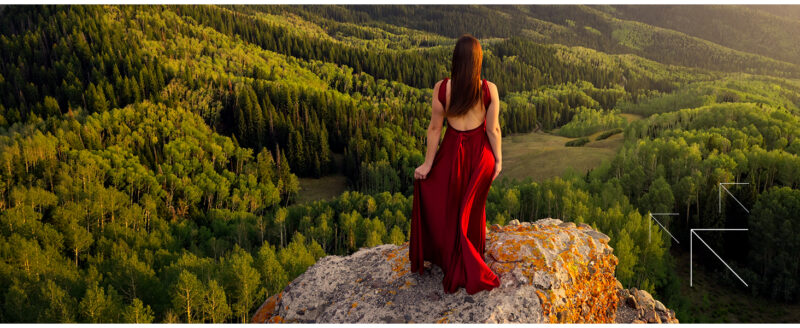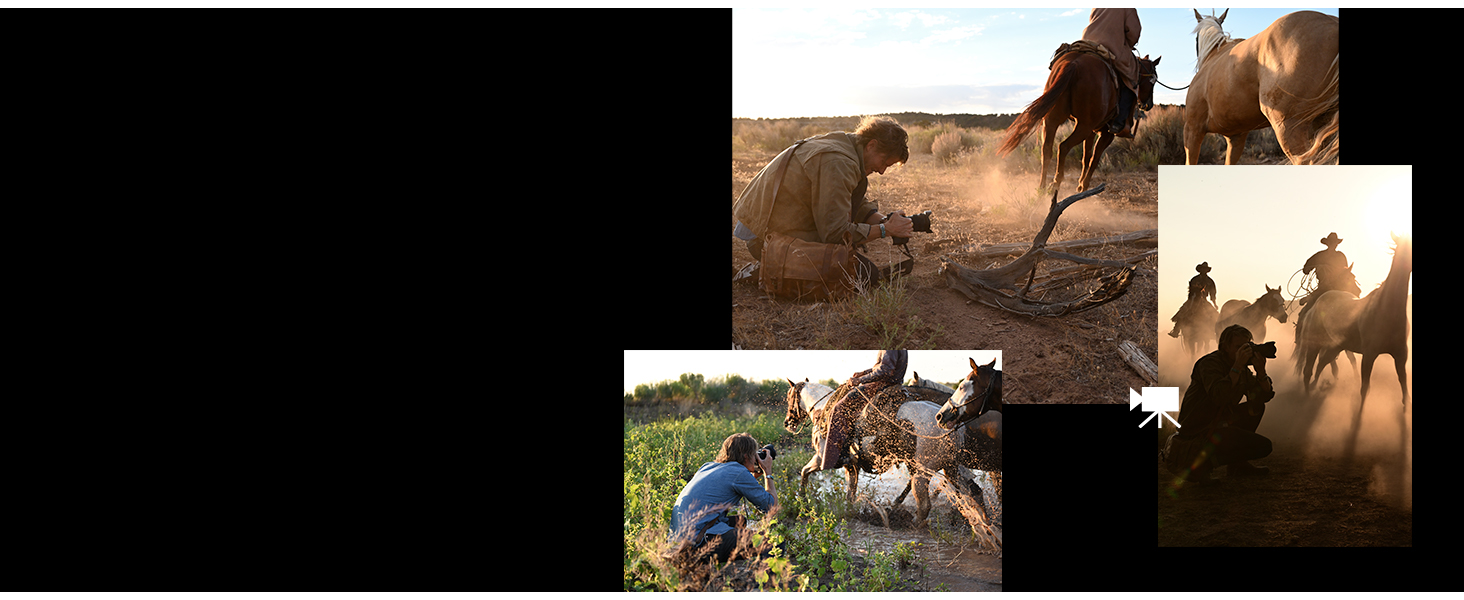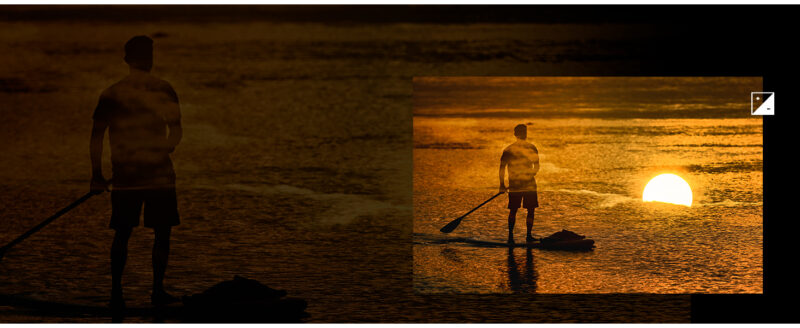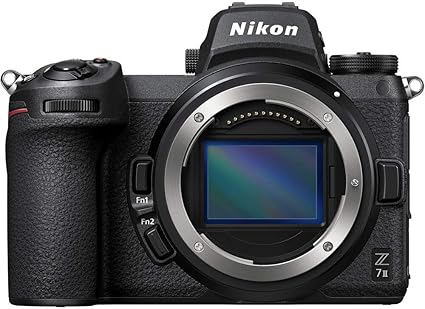The Nikon Z7 II, released in 2020, has been a solid choice for photographers and videographers seeking a high-performance mirrorless camera. As we enter 2025, the question remains: is it still a good investment? With the rapid advancements in camera technology, it’s important to assess whether the Z7 II continues to meet the needs of modern users.
The Z7 II boasts a 45.7-megapixel full-frame sensor, offering stunning image resolution, dynamic range, and low-light performance. For those who prioritize detail and clarity in their shots, this camera still holds its ground. Additionally, its dual EXPEED 6 processors provide fast image processing, which remains competitive compared to newer models. Here are some more details why it better for others:-
Nikon Z7 II Features and Specifications Breakdown
Before diving into the detailed review, let’s start with the core specifications and more about Nikon Z7 II:
Quick Specs:
- 45.7MP FX CMOS sensor
- Up to 10 fps RAW continuous shooting
- 4K/60p maximum video resolution
- 3.68M-dot electronic viewfinder (EVF)
- 2.1M-dot 3.2-inch tilting touchscreen LCD
- Dual card slots: CFexpress Type B and UHS-II SD
- Weight: 1 lb 6 oz (body only)
| Compatible Mountings | Nikon Z |
| Aspect Ratio | 1:1, 3:2, 4:5 |
| Photo Sensor Technology | BSI CMOS |
| Supported File Format | JPEG |
| Image Stabilization | Sensor-shift |
| Maximum Focal Length | 0.95 Millimeters |
| Optical Zoom | 1 x |
| Maximum Aperture | 22 Millimeters |
| Expanded ISO Minimum | 64 |
| Metering Description | Center Weighte |

Unparalleled Immersive Mastery
Ergonomics Made Easy: Improve Comfort and Handling
The Nikon Z7 II shares its body design with the Z6 II, making it compact and lightweight. While it feels slightly small in medium-sized hands, it remains comfortable to use for extended periods and works well as a travel-friendly camera. Compared to the Nikon Z8, which I currently own, the Z7 II feels more compact, but the Z8’s larger grip suits my hands better.

Ultra-high resolution 45.7MP sensor.
Button placement on the Z7 II is intuitive, familiar, and user-friendly. It maintains Nikon’s signature ergonomics, which seasoned users will appreciate. Overall, it’s a well-designed camera for long shoots, particularly for landscape photography where comfort matters.
Nikon Z7 II Precision Focus: A Guide to Autofocus Performance
The Z7 II’s autofocus system is identical to the Z6 II, delivering reliable performance. In most scenarios, the autofocus rarely misses focus, but there are some limitations. For example, eye detection struggles when subjects turn away or move to the side, occasionally causing the system to lock onto the background. While this issue is manageable with practice, it becomes noticeable when compared to the newer Nikon Z8.

More autofocus power.
The Z8 excels in tracking moving subjects with impressive speed and accuracy, reminiscent of the leap from the Nikon D850 to mirrorless systems. The Z8 quickly reacquires focus when subjects move in and out of the frame, making it the superior choice for action photography.
Another drawback of the Z7 II is its lack of advanced animal and bird eye-tracking capabilities. If wildlife photography is your focus, the Z8 is a much better option due to its superior tracking features. While rumors of a Nikon Z7 III persist, there’s no concrete release timeline, so an upgrade may still be a while away.
Nikon Top Techniques for Achieving Outstanding Image Quality
The standout feature of the Nikon Z7 II is its 45.7MP sensor. This resolution provides excellent image quality with plenty of detail and cropping flexibility, which is ideal for landscapes, portraits, and large prints. The dynamic range is impressive, and the camera handles noise exceptionally well, especially when paired with modern AI denoising tools.
For photographers who prioritize resolution and detail, the Z7 II delivers exceptional results. However, for users who don’t require high megapixels or heavy cropping, the Nikon Z6 II’s 24.5MP sensor might suffice at a lower price point.
Optimizing Quality: A Guide to Top Video Performance of Nikon Z7 II
The Nikon Z7 II supports 4K/60p video recording, a feature that checks the box for most casual videographers. While it delivers solid results, it’s not groundbreaking compared to newer cameras like the Z8 and Z9. Both of these models offer superior video specs, including 4K/120p and even 8K/60p recording, making them the go-to options for hybrid shooters and professional videographers.
Ultimately, the Z7 II’s video capabilities are adequate but not its primary selling point. Photographers who prioritize video should consider the Nikon Z8 for its advanced features.
My Experience: Is the Nikon Z7 II Worth It?
When I upgraded from the Z6 II to the Z7 II, I initially questioned whether the additional cost was justified. The Z7 II’s primary upgrade over the Z6 II is its higher resolution sensor, which caters specifically to photographers who need the extra detail for cropping or large prints. Beyond that, the two cameras share similar features, including autofocus and overall performance.
In contrast, when I upgraded to the Nikon Z8 six months ago, the improvement felt significant—similar to the leap from the Nikon D750 to the D850. The Z8 truly feels like the mirrorless successor to the D850, offering superior autofocus, faster performance, and cutting-edge video capabilities. While the Z8 is priced approximately $1,200 higher than the Z7 II, the value it offers makes it well worth the investment, particularly for wildlife, action, and hybrid photographers.
For photographers on a tighter budget or those who don’t need extreme resolution, the Nikon Z6 II remains a fantastic choice. It delivers excellent image quality, reliable autofocus, and solid video performance at a much lower price point.
Final Thoughts about Z7 II
The Nikon Z7 II was a strong contender when it launched, particularly for landscape photographers who needed high resolution. However, in today’s market, it has lost some of its edge. With the release of the Nikon Z8, many photographers are opting for either the Z6 II for its affordability or the Z8 for its superior performance and features.
If you don’t require advanced autofocus for wildlife or action photography and primarily shoot landscapes, the Z7 II remains a viable option—especially when purchased at a discounted price. However, for most users, the Z6 II or the Z8 will be better investments moving forward.
Here are the top 5 frequently asked questions (FAQ) about the Nikon Z7 II:
Q. What are the key differences between the Nikon Z7 II and the original Z7?
A. The Nikon Z7 II offers several upgrades over the original Z7, including dual card slots (XQD/CFexpress and SD UHS-II), a more powerful dual processor (EXPEED 6), better autofocus performance, and improved video capabilities. These enhancements make the Z7 II more versatile and reliable for both photography and videography.
Q. Is the Nikon Z7 II good for video recording?
A. Yes, the Z7 II is equipped with excellent video features, including 4K UHD recording at up to 60 fps, 10-bit HDMI output, and advanced autofocus for video. It is a strong choice for content creators who need high-quality video performance in addition to its still photography capabilities.
Q. How does the autofocus system of the Nikon Z7 II perform in low light?
A. The Z7 II features a hybrid autofocus system with 493 phase-detection points, offering fast and accurate focusing even in low-light situations. It can autofocus down to -4.5 EV, making it effective for low-light photography, particularly in darker environments or indoor settings.
Q. What lenses are compatible with the Nikon Z7 II?
A. The Nikon Z7 II is part of the Z-mount system, which is compatible with Nikon Z lenses. Additionally, the camera can use F-mount lenses with an FTZ adapter, expanding your lens options for a wider range of photography styles.
Q. How long does the battery last in the Nikon Z7 II?
A. The Nikon Z7 II uses the EN-EL15c rechargeable lithium-ion battery, which provides a relatively long battery life, typically around 420 shots per charge under CIPA standards. Using features like continuous autofocus or shooting 4K video can reduce battery life, so having spare batteries for extended shoots is recommended.
Conclusion
The Z7 II stands out as a highly versatile camera, offering a range of features that make it suitable for various types of photography and videography. The inclusion of dual card slots provides added reliability for professionals, while the option to attach a battery grip extends shooting time and enhances handling. The camera delivers exceptional image quality, capturing sharp, vibrant photos with impressive detail. Its autofocus system performs well in a variety of conditions, ensuring fast and accurate focus, and it offers solid video capabilities that will appeal to content creators. While the Z7 II is part of a competitive market, its slightly lower price point gives it a distinct edge over similar models, making it a compelling option for both enthusiasts and professionals. In summary, the Z7 II offers a great balance of performance, flexibility, and value, making it an attractive choice for anyone in need of a well-rounded camera.

